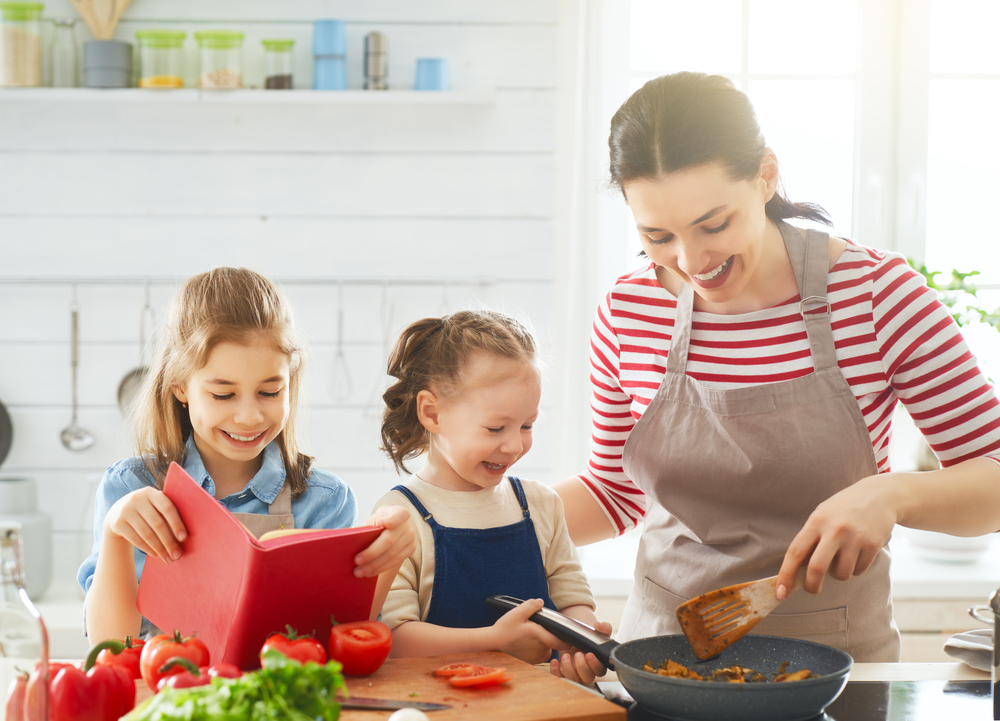If you haven’t heard the saying “A puppy is for life, not for Christmas” you’ve maybe been hiding under a rock. However there are some benefits to bringing your puppy home over this period, the main one being – time.
So many people have time off over the festive season, the weather in Australia certainly has us enjoying being outside more and we can have more time to focus on introducing a new pup into our family.
These can make life a lot easier especially when it comes to things like toilet training.
The first 16 weeks of a puppy’s life could be compared with the first 10 years of our children’s lives in the sense that we learn many of our social skills during this time. From walking to talking to play styles and more, this is the formative time for puppy’s known as the critical period.
This is where you want to make sure you do the research into attending puppy school and be sure your trainer is government accredited and ask about their experience, you don’t want to fall victim to Hindsight of dog training
Things like a safely fitted collar, a lead and bedding are some of the more obvious things that I recommend for when you bring your puppy home but there are things that are on the market that can be detriment to success too.
Getting your pup to experience safe and novel experiences is super important to reducing behavioural issues in the future.
Here are 5 of my Top Training Tips
- Don’t underestimate the benefits of a professional trainer and getting started straight away! This is pivotal and can prevent you from making inadvertent mistakes that can set you back with your progress & training.
- Get onto toilet training immediately. The more opportunity your pup has to toilet in the correct area (preferably outside) the better. One of the side effects of using puppy pads and similar products can be that you are teaching your pup to toilet in your home only to then have to “re-train” him/her to go outside.
- Although our puppy’s are super cute, try not to get caught up with carrying them around everywhere. This can teach your pup dependency on you which may make walking difficult in the future. Our pup’s have 4 legs (in most cases) and we want to encourage them to use them and be confident in doing so.
- Reward your puppy for behaviours you like. We can sometimes get stuck in a rut and only seem to tell our puppies when they are doing the wrong things such as, don’t bite, don’t jump, dont chew etc. Help teach your puppy what they can do in order to receive a reward. This encourages desirable behaviours and makes for a happy environment in your home.
- Supervise. Just like when our toddlers start walking, we have to keep an eye on them to keep them safe and prevent them getting into “mischief”. Crate training or using a puppy pen for small periods of time can be beneficial. These should be a fun and safe place for your pup to have some quiet time.
BONUS TIP: Your puppy is always learning, just like children that are watching and listening to their family members, your puppy is always learning something. The tricky thing is to understand that their brain perceives information differently to us in the sense of what behaviour you may think you’re rewarding or trying to deter or stop. Don’t be afraid to ask for help.
You might also like to read:
Po-parent the Heck out of 2017
Fun things your kids can do with the family dog
Tips to Follow before you get your new dog
Kiddipedia: Australia’s Fastest Growing Parenting Website









